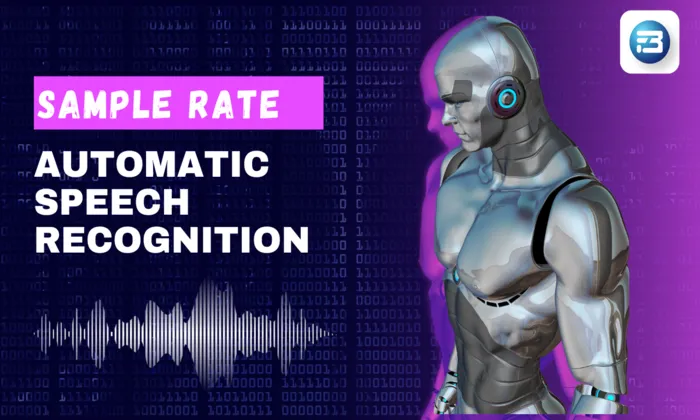What is voice spoofing and how can models defend against it?
Voice Security
Cybersecurity
Speech AI
Voice spoofing involves manipulating voice signals to imitate another speaker, posing significant security challenges in industries like telecommunications and AI, particularly in voice recognition systems. As voice technologies become more ingrained in daily life, safeguarding these systems against spoofing is critical to maintaining trust and security.
Key Voice Spoofing Techniques
- Deepfake technology: Utilizes AI and deep learning to create convincing audio samples that mimic a person's voice.
- Voice cloning: Produces synthetic voices closely resembling a target speaker with minimal audio samples.
- Playback attacks: Employs recorded audio to deceive voice authentication systems during live interactions.
Implications of Voice Spoofing on Security Technologies
Voice spoofing can have severe impacts, including unauthorized access in banking and security systems, potentially leading to financial loss and privacy breaches. As voice-activated systems like smart home devices proliferate, the potential for misuse increases, underscoring the need for robust defenses.
Effective Strategies for Mitigating Voice Spoofing Threats
Multi-factor authentication (MFA): Enhance security by combining voice recognition with other authentication methods, such as biometrics or passwords.
- Voice liveness detection:
- Challenge-response: Users repeat random phrases or answer questions, ensuring real-time interaction.
- Acoustic analysis: Detects unique vocal characteristics like stress patterns absent in spoofed audio.
- Continuous learning systems: AI models regularly updated with new spoofing examples can better recognize and counter impersonation efforts.
- Robust feature extraction: Algorithms focusing on unique vocal traits—like pitch and tone—improve spoof detection accuracy.
Real-World Impacts and Use Cases
Voice spoofing's threat is real, with instances of attackers using it to breach security systems. Implementing effective defenses not only mitigates risks but also enhances user trust and encourages broader adoption of voice technologies.
Strategic Decisions and Trade-offs
Organizations must balance security with user experience, as more rigorous measures can reduce convenience. Costs versus effectiveness is another consideration, as advanced detection systems may require significant investment.
Common Missteps in Addressing Voice Spoofing
- Underestimating the threat: Waiting until a major incident occurs before acting.
- Failing to educate users: Overlooking the importance of raising awareness about vulnerabilities and safe practices.
- Inconsistent protocols: Applying security measures unevenly, leaving exploitable loopholes.
Conclusion
Voice spoofing presents a critical challenge to voice recognition systems. By understanding spoofing techniques and implementing effective defenses, organizations can safeguard their systems and maintain user trust. As technology evolves, continuous vigilance and adaptation are essential.
For projects requiring secure and reliable voice data, FutureBeeAI offers high-quality datasets tailored to your needs. Our expertise helps you build robust systems against voice spoofing threats with precision and trust.
FAQs
Q. What are the primary methods used for voice spoofing?
A. Voice spoofing is achieved through deepfake technology, voice cloning, and playback attacks, which exploit vulnerabilities in voice recognition systems.
Q. How does voice liveness detection work?
A. Voice liveness detection determines if the voice input is live or recorded by analyzing vocal characteristics or using challenge-response techniques, enhancing voice authentication security.
What Else Do People Ask?
Related AI Articles
Browse Matching Datasets
Acquiring high-quality AI datasets has never been easier!!!
Get in touch with our AI data expert now!








